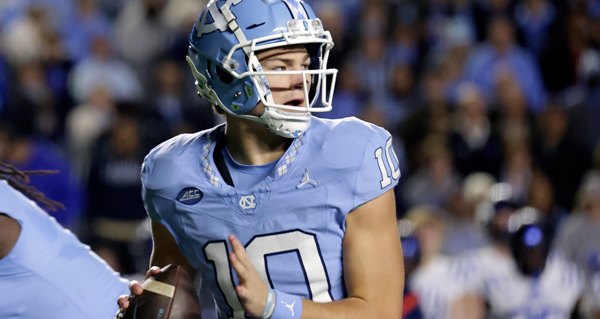When the NFL changed its collective bargaining agreement in 2011 to give first round picks a contract slot based on when they were selected, drafting quarterbacks became a more valuable proposition.
From 1993 to 2010, teams used an average of 8.5 percent of their overall capital in a typical draft by the Jimmy Johnson chart on quarterbacks. Since 2011, that mark has risen to 10.9 percent, a jump of more than 28 percent.
If the New England Patriots select a quarterback at No. 3, they will automatically sign that player to a four-year, $35.8 million deal, or just under $9 million per year.
With the veteran average annual value at quarterback at $46.36 million, the required hit rate of drafting that quarterback at No. 3 would only need to be at 19.3 percent. If the Patriots believe Drake Maye has a 20 percent chance of turning into an NFL-caliber starting quarterback, they would be justified taking him with their pick.
The next positions on the list are edge rusher and wide receiver, which would require a 40.4 percent and 41.8 percent hit rate, respectively.
Linebacker, running back and center would each require a hit rate of more than 80 percent.


